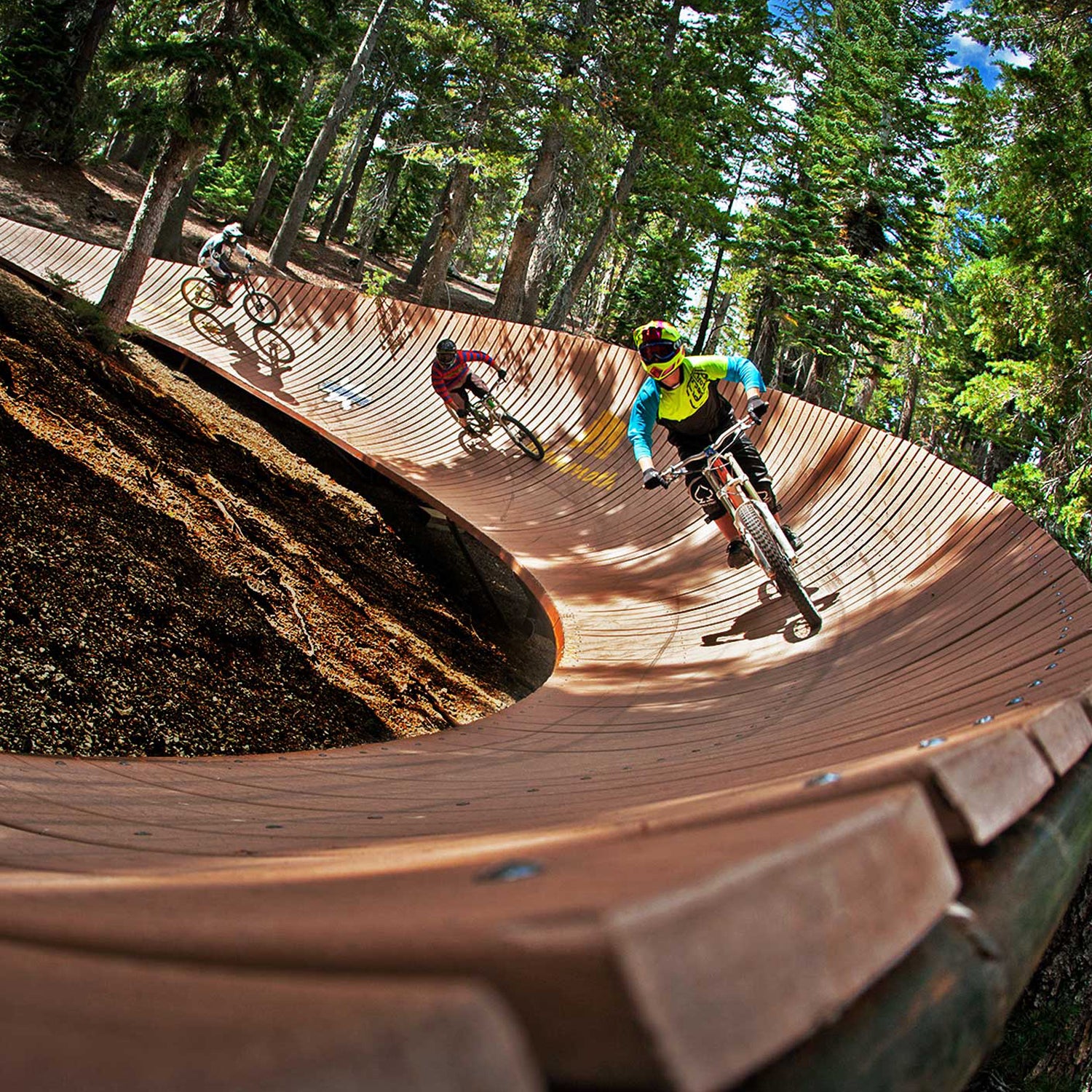There are plenty of towns with mountain views and decent trail systems. But serious outdoor athletes need a little more than scenery—they need tough trails, and lots of them, challenging vertical, and multi-sport diversity to keep them motivated. Mammoth Lakes has all that, plus a 7,800-foot elevation that makes it the perfect training ground for elite outdoor athletes like Olympic bronze medal marathoner Deena Kastor, mountain biking legend Cam Zink, freestyle pioneer Glen Plake, and dozens of others.
So whether you’re a world-class athlete or a casual adventurer, there are a ton of great reasons that Mammoth Lakes should be your training hub and stomping ground, too.
It’s Home to the Country’s Most Elite Running Club
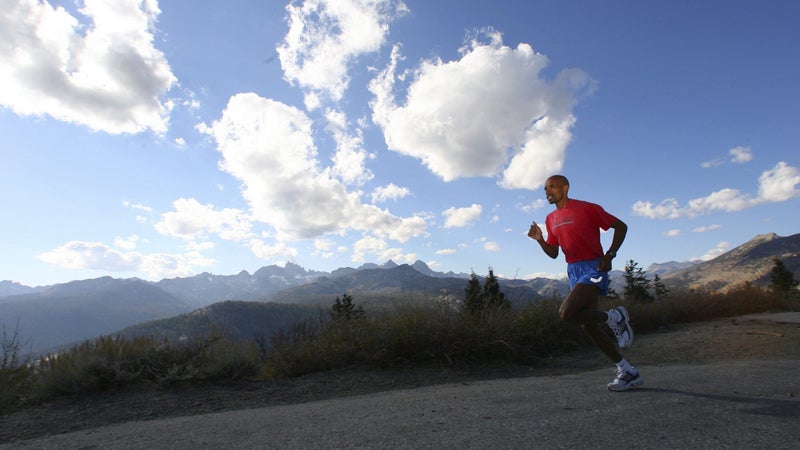
Back in 2001, legendary track coaches Joe Vigil and Bob Larsen brought marathon superstars Deena Kastor and Meb Keflezighi to Mammoth Lakes to train in the high altitude. Soon, other elite athletes followed, leading to the creation of the ASICS Mammoth Track Club. Over its short history it has become the most decorated distance running club in the U.S., training 12 Olympians who have earned two Olympic medals as well as three major marathon wins. It’s something that Alexi Pappas, who trains in Mammoth Lakes and will compete for Team Greece at the Rio Olympics in the 10,000-meter run, takes inspiration from. “Mammoth Lakes is a place that gathers motivated, inspired individuals. The team embodies the spirit of the place, which is stunning and brilliant and challenging all at once,” she says. “The famous Green Church Road is where my coach, Ian Dobson, used to train and where so many legends—Meb, Deena, etc., have trained, so when I run there I feel like I’m becoming a part of a tradition.”
The Mountain Biking is Epic
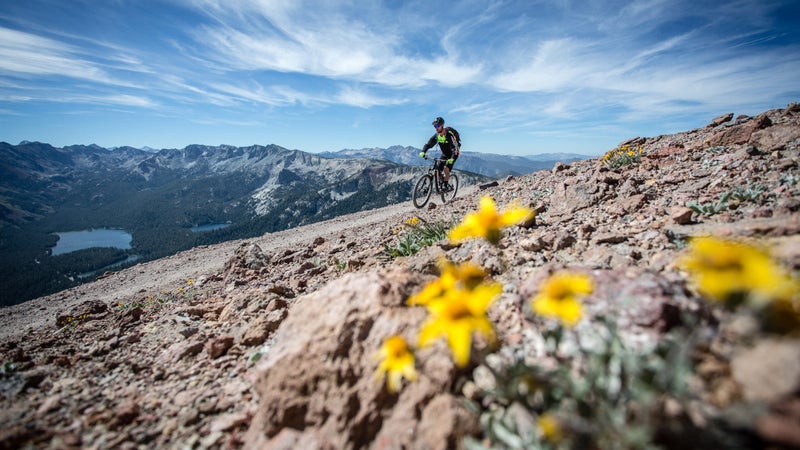
It’s hard to decide which routes at Mammoth Mountain Bike Park are the most fun—there are over 3,500 acres of terrain, 80 miles of single track, and dozens of technically demanding runs. Legendary professional snowboarder Kimmy Fasani is partial to Pipeline, a series of jumps, berms, and trestles that whips through the forest on the lower mountain. Though she’s fearless on the snow she’s more cautious in the saddle. Kimmy lets her husband, pro skier Chris Benchetler, take the advanced jumps. “I love following him down so I can watch him catch air while I simply get joy by getting one foot off the ground.” There’s also miles of riding outside the park, with trails such as Lower Rock Creek, Sand Canyon, Mammoth Rock Trail being among locals’ other favorites.
And the Road Riding is Pretty Damn Good, Too
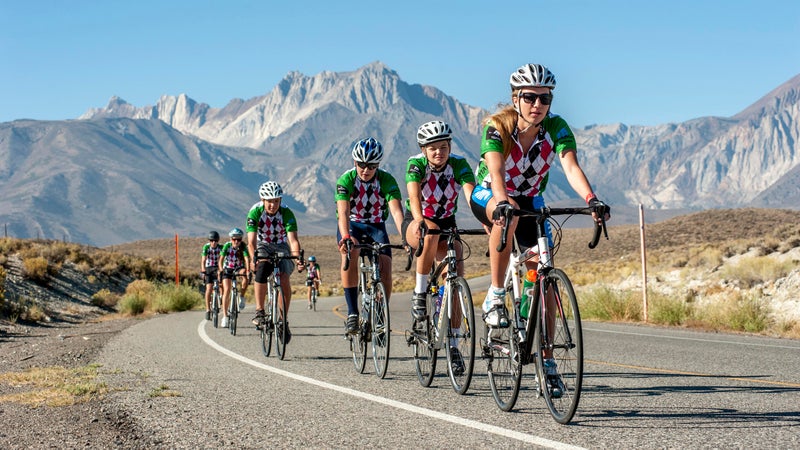
In the off-season, World Cup downhiller Stacey Cook likes to mix things up, but one of her favorite ways to stay in shape is cycling. “The road biking here is pretty amazing,” she says. “Sometimes you can go forever and never see a car.” She says one of the locals’ annual traditions is riding up State Route 120 to Tioga Pass, the eastern entrance to Yosemite, before it opens to cars. Hard core riders can start in Mammoth Lakes and pump a 75-mile loop following US 395 to State Route 120 to get a full 6,900 feet of elevation gain. More casual riders can start at the Mobil Mart in Lee Vining to experience the steepest—and most inspiring—part of the ride up to the pass.
It’s Also a Climber’s Shangri-La
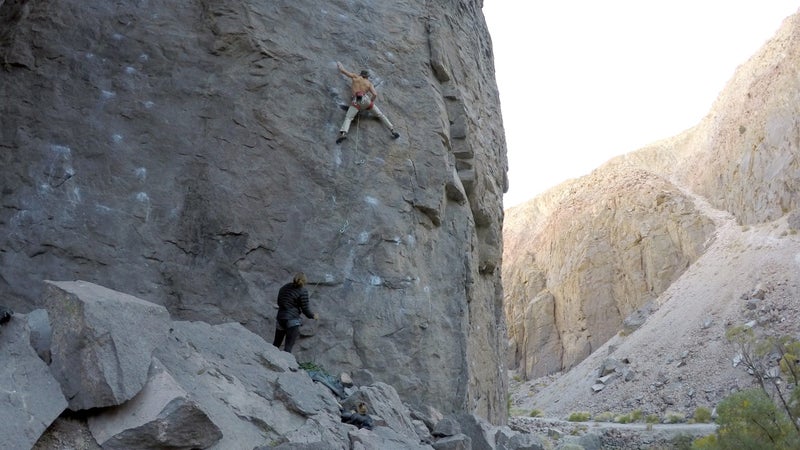
Pick a route, any route—Owens River Gorge has hundreds of sport climbs, from mellow lead climbs to 5.13 wrist-breakers. The area can get crowded since it’s got the highest concentration of protected sport climbs in the Sierra, but with almost ten miles of terrain to choose from it’s easy to find some solitude. Popular spots include The Warm Up Wall, the Pub, the Social Platform, the China Wall and the Dilithium Crystal. But climbers looking for the most challenging routes head to Eldorado Roof, an overhanging crag with classic endurance climbs like 5.12c Looney Binge and 5.11b Towering Inferno.
There Are Tons of Awesome Local Races to Train For
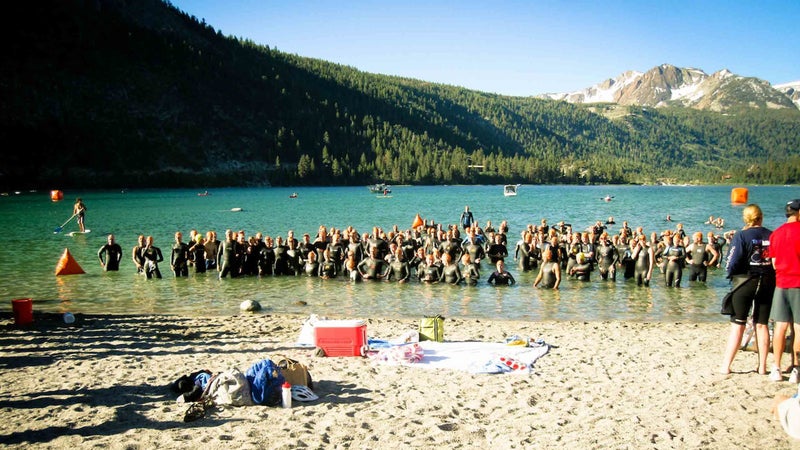
There’s the Mammoth Half Marathon in mid-June, the June Lake Triathlon in early July, The Bodie Bowl annual mountain bike event, and, Fasani’s favorite, September’s Mammoth Gran Fondo—a 102-mile century that’s quickly becoming one of the most popular rides in the U.S. The loop route, which winds from Mammoth Lakes through the Eastern Sierra and past Mono Lake gains over 6,600 feet in altitude. “This is the best 100-mile ride out there because you’re surrounded by beautiful peaks, amazing people, and lots of open road,” says Fasani.
And Dozens of Events, Festivals, and Concerts to Unwind At
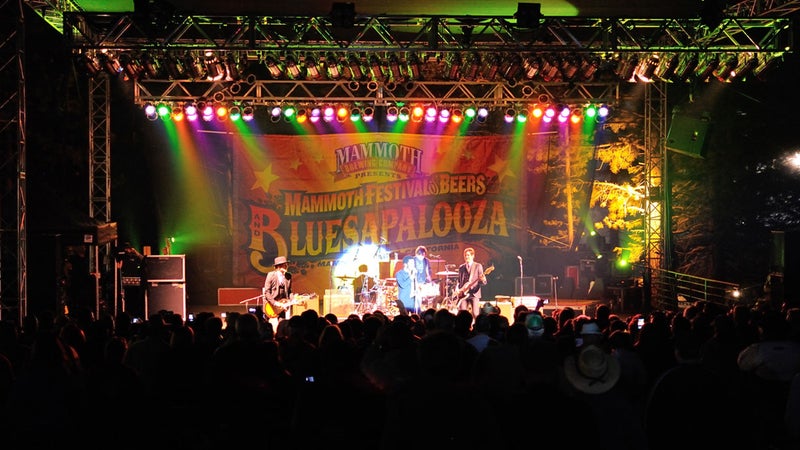
Sometimes the best way to recover is to go out and unwind with friends—which is a very easy thing to do in Mammoth Lakes. For a relatively small mountain town, they’re big on events. Nearly every weekend has something going on, from July’s to August’s . You can check out the full , but two of our favorites are , a three-day culinary event that includes what’s been dubbed the “world’s highest rib cook-off” and , a four-day festival which this year features everyone from to .
The Running Trails Never Get Old
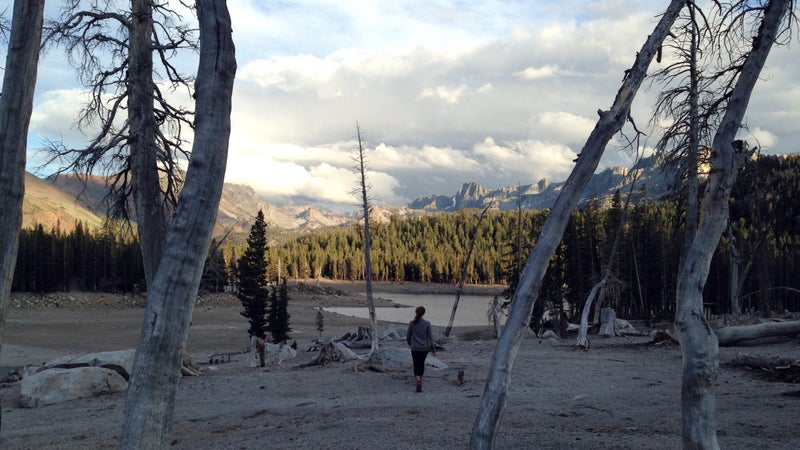
Mammoth Lakes is a great training area for long distance runners. One reason for that, says Alexi Pappas, is the trail system. “The special thing about Mammoth Lakes is that many of the runs are full ‘loops’ and not just out and back runs,” she says. “That is rare and wonderful, especially for a runner training 100-mile weeks!” At the height of summer, she likes to run at the stunning Horseshoe Lake, which is hidden much of the year by snow.
You Can Go Deep—Really, Really Deep
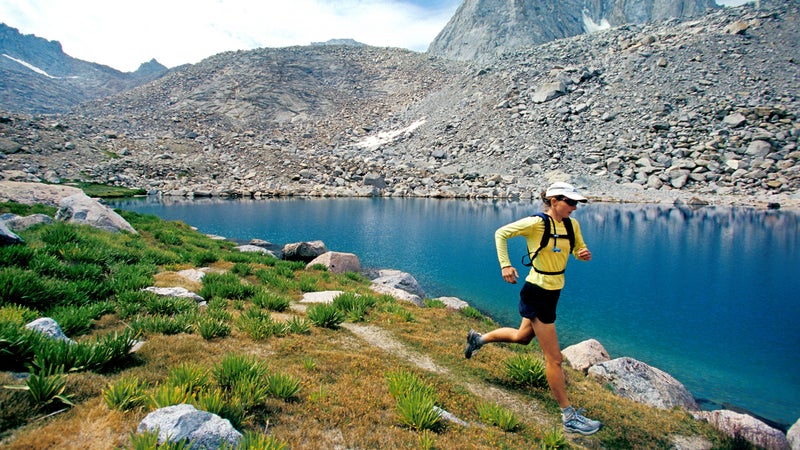
The Evolution Loop, a 100K loop popular with local endurance runners, would be a horribly painful run if it wasn’t for the constant scroll of scenery. Following the John Muir Trail through the Evolution Basin over 9,800 feet of elevation gain, the route has 20 stream crossings, passes countless glassy alpine lakes, and goes deep into a wilderness of granite peaks. But it’s not for gawkers. Runners need to self-support with food and a water filter, and watch for snow and ice, which can last into mid-summer.
John Muir Can be Your Spiritual Guide
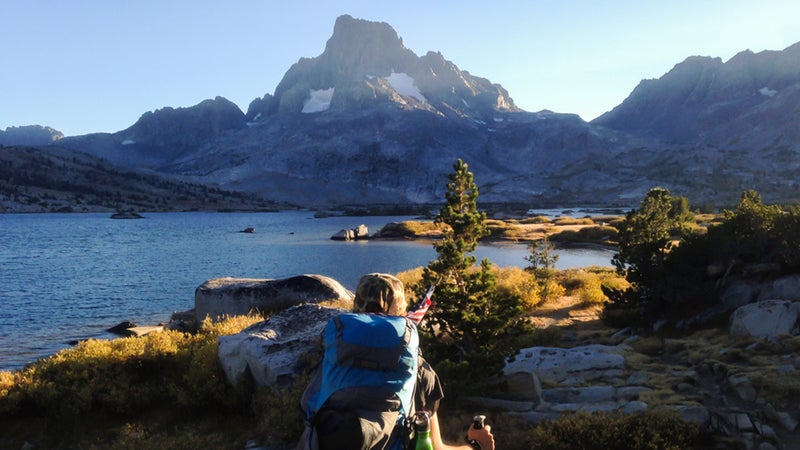
Fasani considers the Thousand Island Lake Loop one of the toughest in the area, but one with some of the biggest payoffs. John Muir himself called the hike’s centerpiece, 13,150-foot Mt. Ritter, the “noblest mountain of the [Sierra].” The classic, 22-mile round-trip begins at the Agnew Meadows trailhead where it starts off on a section of the Pacific Crest Trail with views of the craggy Minarets. The trail eventually ends at Thousand Island Lake, the largest in the Sierra Nevada, at the base of 12,936-foot Banner Peak within the Ansel Adams Wilderness Area. It’s good spot to camp before taking the John Muir Trail past Ruby and Emerald Lakes on the way home.
Everyone Helps Each Other Out
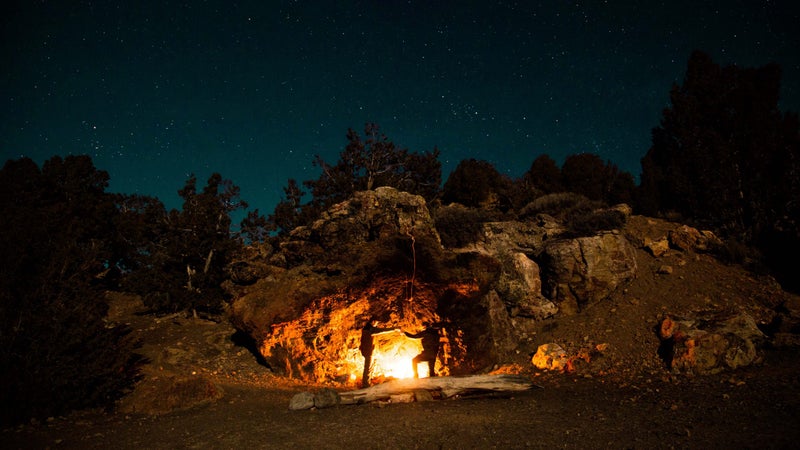
In a lot of resort communities, there’s a townie-versus-tourist mentality. But in Mammoth Lakes there’s a decidedly different vibe. “There’s no one that’s a true local,” explains pro skier Cook, who began living in Mammoth Lakes when she joined the U.S. Ski team at the age of 17. “Because of that everyone is so open, there’s not a lot of attitude. Locals are really willing to share their knowledge.”
Mammoth Lakes is an epic adventureland full of majestic, natural beauty and truly unbelievable moments. Year-round wonder awaits, from snow-covered ski runs to sun-soaked alpine hikes and everything in between. Each experience feels big in this destination of Eastern Sierra amazement—where larger-than-life is just the right size. For more information about adventuring in Mammoth, please head over to .

